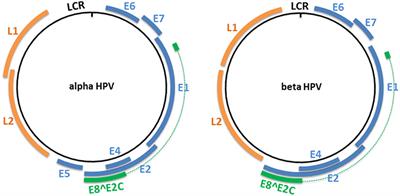EDITORIAL
Published on 18 Sep 2020
Editorial: Association Between Human Cancers and Small DNA Tumor Viruses
doi 10.3389/fonc.2020.592643
- 1,551 views
18k
Total downloads
124k
Total views and downloads
EDITORIAL
Published on 18 Sep 2020
OPINION
Published on 08 Jul 2020
REVIEW
Published on 08 Aug 2019

REVIEW
Published on 02 Aug 2019

REVIEW
Published on 25 Jul 2019

REVIEW
Published on 10 Jun 2019

REVIEW
Published on 08 May 2019
